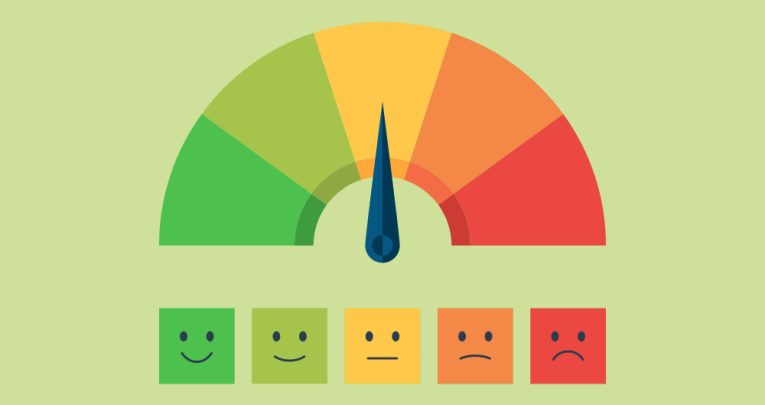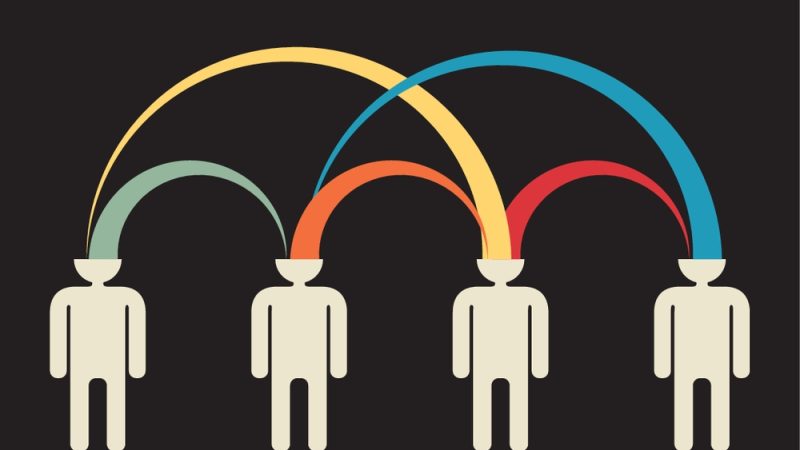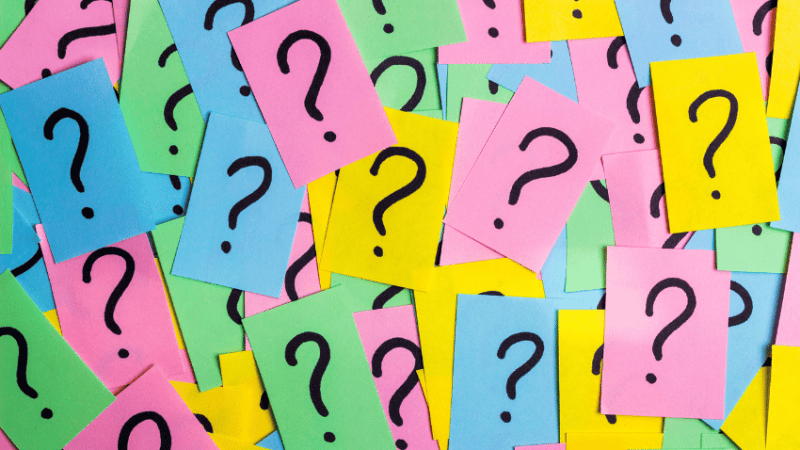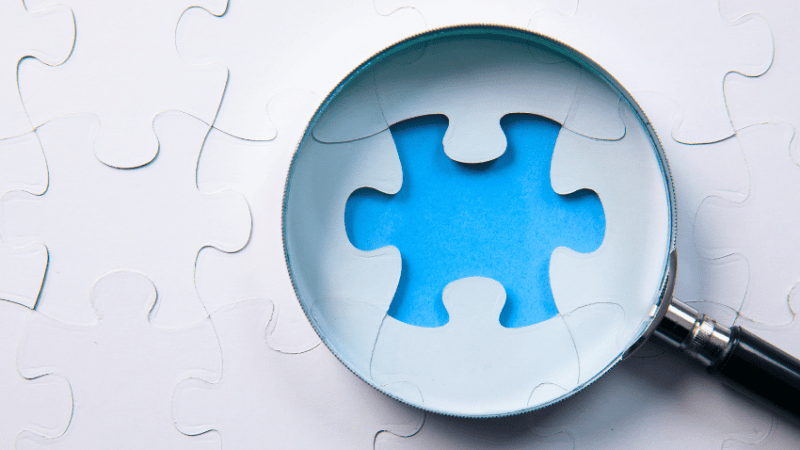Pencils Down, Everyone – Let’s Assess Primary Science Differently
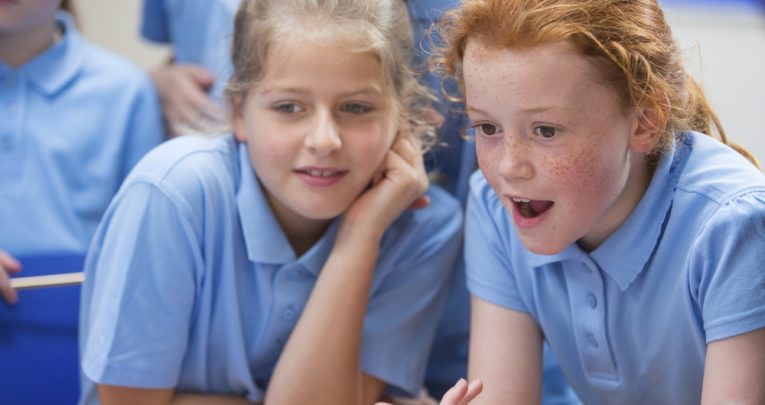
Testing in primary schools needs a thorough check-up, so let’s grab it firmly and ask it to cough, says Deborah Herridge. It’s time to investigate some alternatives…
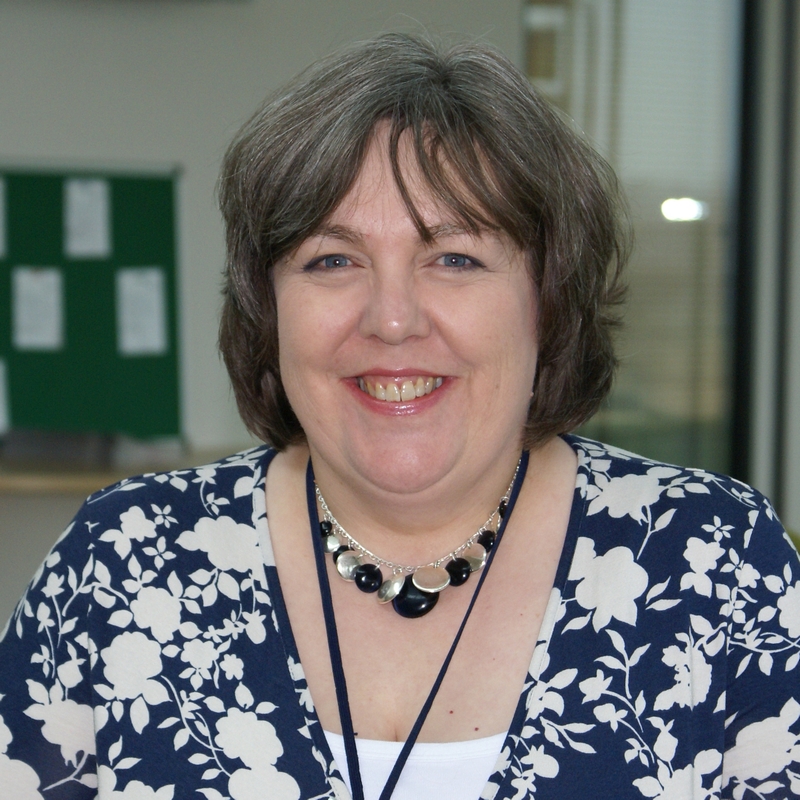
- by Deborah Herridge
- Former senior lecturer and science leader at Northumbria University
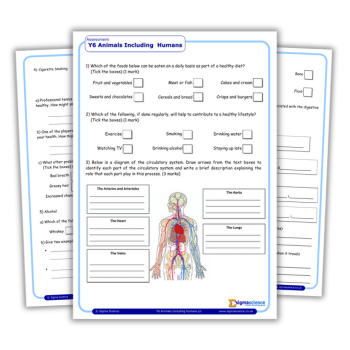
Everyone has a story about a test. Mine is failing my driving test first time around. I even knew the exact nano-second it happened and why. I was just a quantum too slow checking the mirror before that signal to move left, and that was it – fail. There are many ways to fail these days, and not just in driving. Take ‘pencil-and-paper marks-out-of-10 tests’, for example. They’re just like that – a snapshot in time that’s not indicative of what a child knows, or is capable of in the real world. Another five minutes, a differently worded question, a more nutritious breakfast and who knows how results may change? So how do we develop a common understanding of what our children do know and can do, rather than what they don’t and cannot? What does assessment for mastery look like in emergent science? Now, don’t get me wrong, testing has its place – but for me, the best evidence we can provide is in what children themselves can tell us about what they have learned. So let’s explore some alternatives to a pencil-and-paper test…
1. Talking
A science classroom must be a vocal classroom. One of the most effective ways to find out about children’s knowledge and understanding is simply to listen to them rehearsing and discussing their ideas with peers. By doing so, children are much more likely to articulate what they are really thinking – after all, they’re not committing anything to paper, so their ideas can still be adapted.
Talk for observation and description We can learn a huge amount from early years practice. Spend more time listening and less time talking, and we can discover new insights into what our children think about the world and how it works. In order to do this effectively though, we need to provide children with something to talk about. Have a go at some of these activities for encourage talking, and look out for any scientific vocabulary children use.
• Open a fruit tea bag and scatter the contents over the surface of a transparent cup of cold water. What do you think you will observe? Look closely. No, really closely – what do you see? What do you see over 10 minutes?
• Put a gummy worm in a glass of lemonade – what happens?
• Choose three common household liquids, such as cooking oil, shampoo and fabric conditioner. Pour a couple of centimetres of each, one after the other, into a transparent tumbler – what do you think will happen? What does?
Talk for questioning and enquiry The tendency to ask ‘What?’ and ‘How?’ is natural in a curriculum so packed with knowledge recall, but science isn’t just a body of knowledge; it’s a way of working. To gain greater insight into children’s ideas about the processes involved in working scientifically, tempt them into more-diverse questioning by providing some prompts. How many questions can they generate starting with ‘If’ (‘If I do X, what will happen?’), ‘Do’ (‘Do eggs ever float?’) and ‘Who’ (‘Who can roll their tongue?’). One of the most challenging questions I was ever asked was from an 8-year-old: ‘Mrs Herridge, if a starfish doesn’t have a brain, how does it know what it wants to do?’. What an awesome question! If we unpick it, we can see that this child demonstrated his levels of understanding, in that his question covered subject knowledge recall, parts of animals and the functionality of those parts. It spoke to the idea of sentient living things and the brain directing action, and raised questions about instinct and autonomic responses. And did you notice it began with ‘if’? Children’s questions can provide a fascinating insight into what they think, their uncertainties and misconceptions, as well as their understanding. Asking children to think of questions regularly throughout a unit of work, rather than just at the beginning, also gives us evidence of their development and, dare I say it, mastery of the subject – especially as the queries typically get more and more specific.
2. Drawing
Okay, so I realise that this one doesn’t quite fit my ‘pencil-free’ criteria, but children’s drawings can provide a wealth of assessment information, revealing their misconceptions and any incomplete understanding. Ask children to draw (and annotate if they need to clarify the illustration) what happens when they eat. Does the food come out looking the same as it went in? What happens between one end and the other?
Alternatively, try investigating other things like how our senses work, what’s inside a seed that makes it grow or what is happening in a circuit – all big questions about which children can articulate their ideas through drawing where, they may not yet have the necessary vocabulary to construct a complete scientific explanation.
3. Model-making
Try making a model of your own dentition – upper and lower jaw – in Play-Doh. What can we find out about what children know from that? Does their model have the correct number of teeth, for example? Are the teeth in the right place and the correct shape? More-complicated, higher-order reasoning is a little less straightforward, but how about inventing an animal suitable for a particular habitat? Make a model of a creature that lives in the boot of a car, or in the shower room of a swimming pool. What features show its adaptations to the environment? Crucially, of course, children need to be able to talk with you, or at the very least their peers, about what they’ve included and why.
Useful questions
Testing or assessment of any kind is, in my view, redundant if it does not help us to improve children’s learning. Ultimately, this must be based on an explicit progression through a coherent curriculum that is clear about what progress looks like. The idea of mastery is appealing in that a threshold approach to progress may well raise standards overall. However, assessment in science should not be primarily in terms of accountability; it should help children to learn. If it doesn’t, then why are we doing it? Your ‘useful questions’ are therefore:
Is this helping children to learn?
And that’s it.
Adding challenge
Organise some team tasks for children to demonstrate that they can apply new knowledge…
Be open ended with the challenges you set. With investigations we’ve set up, it’s easy to mistakenly believe that we’re giving children opportunities to practise or demonstrate science skills – but are we really? Rather than following a strict recipe that we’ve given them (albeit with the best of intentions), offer them a long leash so that they can demonstrate their own thinking and apply scientific principles.
Why not let them design a boat that will hold the most pennies? Have them make a brick that floats? Get them to investigate how to drop an egg from a tall building without it breaking? Instruct them build a lie detector using a simple circuit? See who can freeze water fastest? As teachers, we need to be aware that with this approach children will sometimes fail. Letting children choose their own methods may seem a little haphazard, but it gives us deep insight into how they are thinking about the application of science skills. So stand back and observe – we can always challenge misconceptions later.
Deborah Herridge is an author of Pearson’s new ‘Science Bug’ programme, and a partner in Primarily Science, delivering primary science CPD nationally and internationally






